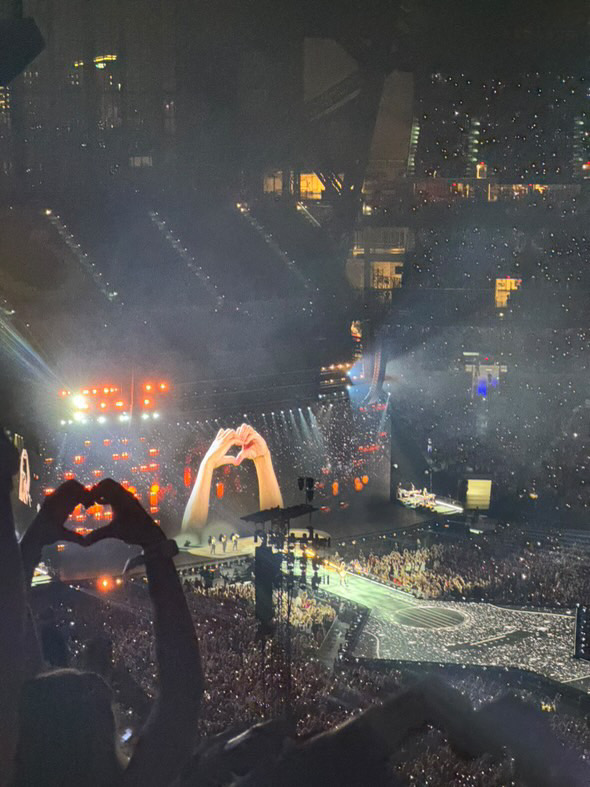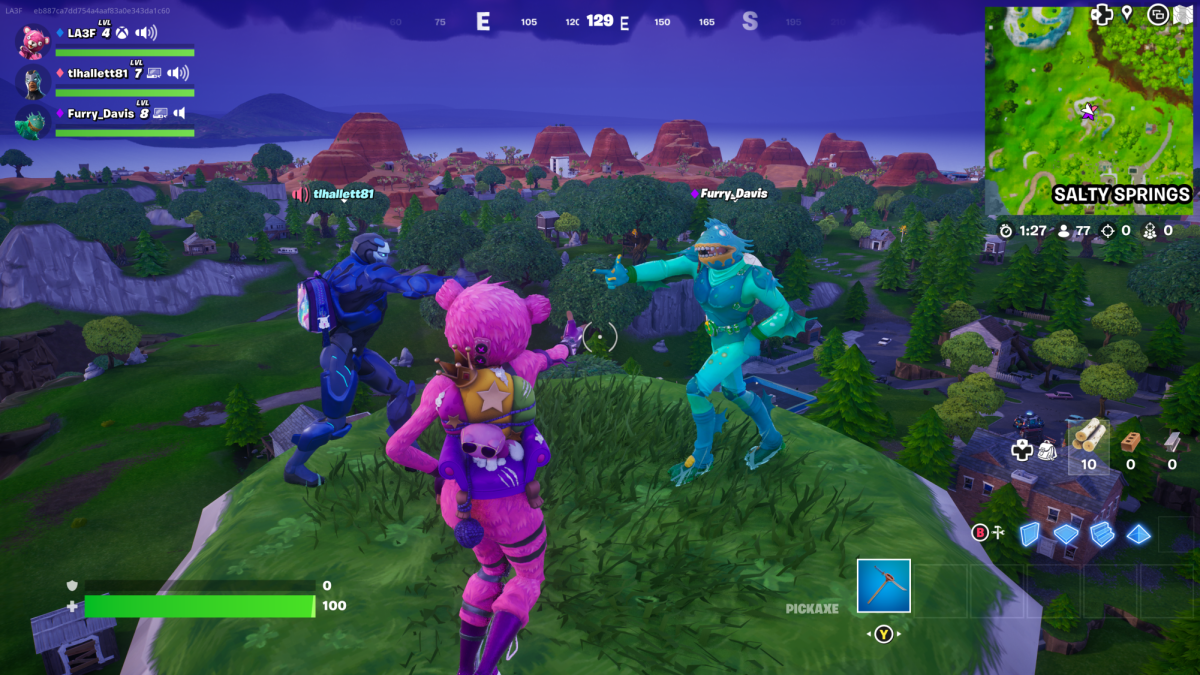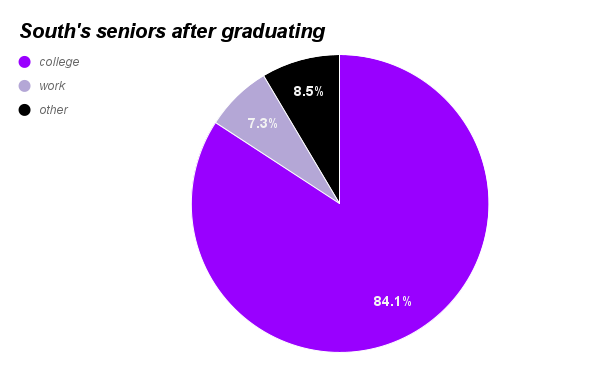MCCSC’s K-5 learning materials are now under review after concerned parents brought what they saw as racially biased materials (including worksheets and textbooks) to the attention of district officials. These parents, along with MCCSC officials, believe that diversity in curriculum helps bring awareness and respect to people of different races and cultures, which is vital to begin teaching students at a young age.
The school system is now creating a board of teachers, faculty and other community members to review replacement options. While the elementary level curriculum is currently in the spotlight, it is inevitable that social studies courses at all levels may contain some form of racial bias.
According to BHSS AP European History and World History teacher Matt Hoagland, possible racial bias in the curriculum is “always at the back of [his] mind.”
“Curriculum review should be a constant thing, and all teachers should always be thinking about it while they are teaching. We will never be done talking about it,” Hoagland said.
Hoagland also said that elementary teachers “have such a large variety of topics to cover, so they don’t have much room for specialty in different areas.” This makes a group review of materials more necessary to get into the nuance of the material.
Hoagland also brought up the issue that time obligations and AP testing can make racial bias more difficult to address. State standards and standardized tests for the AP European History and World History classes have very Eurocentric and white-centric curriculum, according to Hoagland, so that doesn’t leave much freedom for a teacher to choose to discuss racism in history.
“When I want my students to be prepared for these exams, and we have such a limited amount of time, it really limits what I can discuss in class… in the future, I would definitely love for more courses like African History to be added to South to help make it less Eurocentric,” Hoagland said.
Sociology and World History teacher Anya Steele said that she tries to be creative and inclusive when she creates her curriculum for the year.
“I stick to the state standards but pull from a lot of different resources. I probably only use the textbook two or three times a year,” Steele said.
In her Sociology class, Steele discusses race often.
“We just talked about social Darwinism today,” Steele said, “I really try to put it in their face.”





